Join Cultural Samvaad’s WhatsApp community
Editor’s Note: The Ramayana is a living text in India and is a part of our consciousness. I conjecture that this statement is true for many Indians and people of Indian origin and for millions of others who have grown up across South Asia and South East Asia. As per tradition, the adikavya (first poem) Ramayana was composed by the revered Maharishi Valmiki in Sanskrit. And since then, it has spawned countless retellings and renderings in multiple languages and across multifarious art forms. You can read an introduction to the Ramkatha tradition and then proceed to read this piece on the most famous Jaina retelling of this timeless epic.
There is a popular saying, ‘No one reads the Ramayana or Mahabharata in India. But everyone knows them’. This is indicative of the importance of the two epics and their characters in our lives. Even after millennia, the characters big and small, good and bad are still a part of our lives and vocabulary. Beginning with Valmiki, no religion, no region and no era has been able to ignore the Ramayana. Every age has come up with its own interpretation of the popular epic. In fact, it is believed that even before Valmiki wrote his magnum opus, the tale existed in a simple form called Ramakatha.
The three major ancient Indic and karmic religions – Hinduism, Jainism and Buddhism all had an intense period of evolution and growth during the centuries preceding the Christian era. It is but inevitable that they are bound to share common features, characters, stories, culture and to a certain extent even philosophical principles. Rama is one such Hero, who has become a part of each religion in small and big measures.
The portrayal of Rama in Jaina literature can be broadly divided into two forms. One is where the story is completely about Rama and can be designated as a Purāṇa or Caritra and the other as a part of texts describing the Universal Histories of the sixty three Illustrious Persons in Jainism. Rama in Jainism is better known as Padma and therefore the names of the Jaina Ramayanas, and there are many, are all called as such.
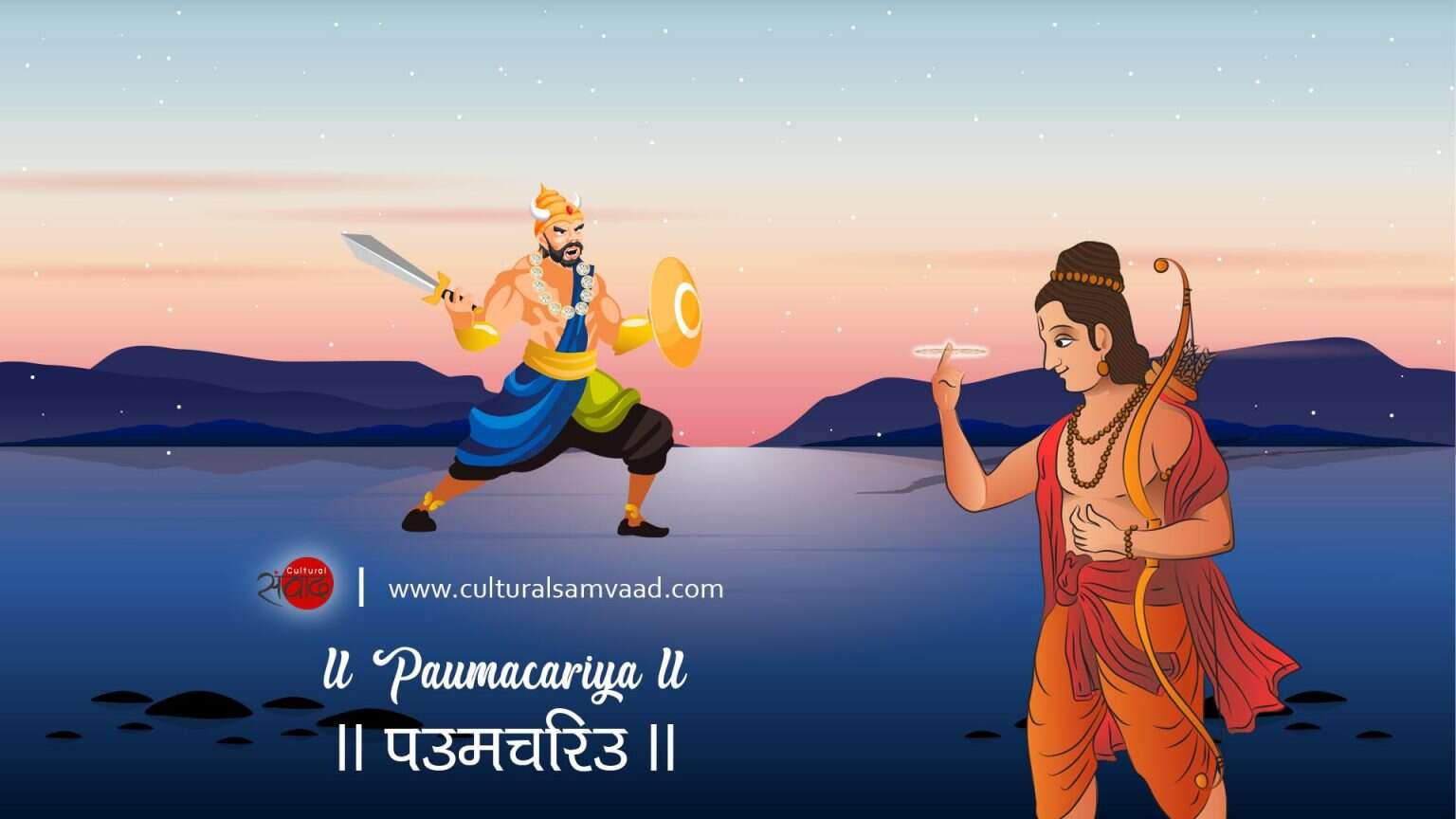
Jaina Ramayana – Paumacariya
Paumacariya (Padmacaritra in Sanskrit), is the earliest extant Jaina version in the tradition of recounting the life story of Rama. It is in Prakrit, written by Vimalasuri either in 4 CE or 62 CE. The title means ‘The Life of Padma’. Rama is referred to as Padma (the Sanskrit word Padma means lotus) because it is said that he possessed eyes as lovely as the petals of a lotus and had a face which was like an excellent blooming lotus.
Place of Rama in Jainism
Jainism talks about the sixty three eminent people who are to be studied and emulated. They consist of:
24 Tirthankaras
12 Cakravartis (sovereign rulers of the world)
9 Balabhadras
9 Vasudevas
9 Prativasudevas
The last three are always together and appear as a triad. So at any given time, there will be one Balabhadra (Rama), one Vasudeva (Lakshmana) and one Prativasudeva (Ravana). Balabhadra and Vasudeva are half-brothers and Prativasudeva is their enemy. The elder half-brother or Balabhadra is generally found to be living a life following Jaina principles. There is a lot of attachment between the two half-brothers and it is Vasudeva the younger half-brother who is responsible for killing their enemy.
Who Is The Hero?
In Valmiki’s Ramayana, the hero is very clearly Rama with Lakshmana and Ravana playing secondary leads. The Paumacariya, however, is the story of the eighth triad of Balabhadra – Vasudeva – Prativasudeva. And therefore, all three characters – Rama, Lakshmana and Ravana are dealt with extensively. However, the work is named after Rama who lives according to Jaina ideals and is the only one who achieves liberation or nirvāṇa at the end of the story.
Highlights of the Story of Paumacariya – A Jaina Ramayaṇa
The story opens with doubts entertained by King Śreṇika regarding the fantastical elements in the Ramayana. It is poet Vimalasuri’s aim to rationalise the story and insert Jaina elements. Some names have also been changed. The mother of Padma is Aparajita (Kaushalya). Rama, Lakshmana and Hanumat had 8000, 16000 and 1000 wives respectively. Vali, appoints Sugriva to the throne and himself becomes a monk and thus is acquitted of the shameful charge of living with his brother’s wife. It is Lakshmana who kills Śambūka by accident and this exonerates Rama completely from the guilt of slaying a man, who though a shudra was a tapasvin. His portrayal of Kaikeyi is not that of a selfish, greedy and grasping woman. Instead he shows her as a mother par excellence who only wants the kingdom for her son to prevent him from leaving samsāra. It was Rama’s decision to go into exile so that Bharata would take over the kingdom.
Ravana is a pious, devout and very handsome man who is always busy with austerities. His only weakness is his passion for Sita which arises due to the fruit of previous bad karmans. The author has depicted Rakshasas as a highly civilised class of beings endowed with super natural abilities. His ten heads are also nothing but a reflection in the wondrous necklace of gems that he was made to wear as a child.
The varanas are not really monkeys but another class of beings from Kiṣkindha who had the symbol of monkeys as their emblem or totem.
But the most important change is the hero. Rama is a deeply devout Jain. How can Vimalasuri accept him as indulging in violence and killing Ravana? And so we have the ‘real’ hero as Lakshmana. It is he who kills Ravana and frees Sita.
Concluding Remarks
The Jaina Ramayana is not only divergent from the Valmiki Ramayana in very many details, but the whole tone of the narrative is also much more subdued and inclined towards Jaina ethics and morality. Needless to say almost all characters portrayed here are adherents of Jainism. The biggest contrast is the absence of divinity for the heroes in the Jaina version. They are all human beings who are steadily working towards Enlightenment and Liberation. Exceptional sanctity is bestowed on life and non-violence is the highest principle guiding all human efforts.
Note: Paumachariya is an alternative spelling of Paumacariya.
Reading List:
- The Story of Rama in Jain Literature by V.M. Kulkarni, Ahmedabad, Saraswati Pustak Bhandar
- Trisastisalakapurusacarita Vol.II, B. Bhattacharya, Tr. Helen M. Johnson, Baroda, Oriental Institute
- Three Hundred Ramayaṇas : Five Examples and Three Thoughts on Translation by A.K.Ramanujan
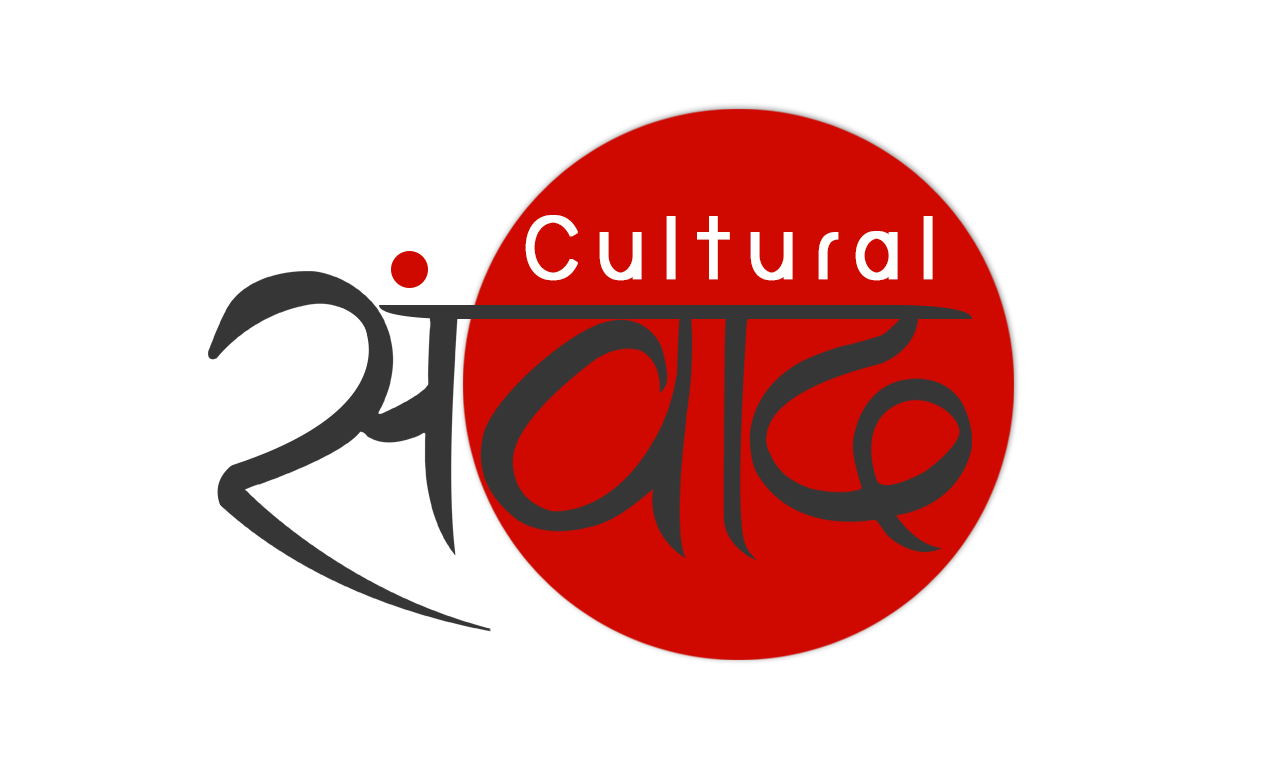

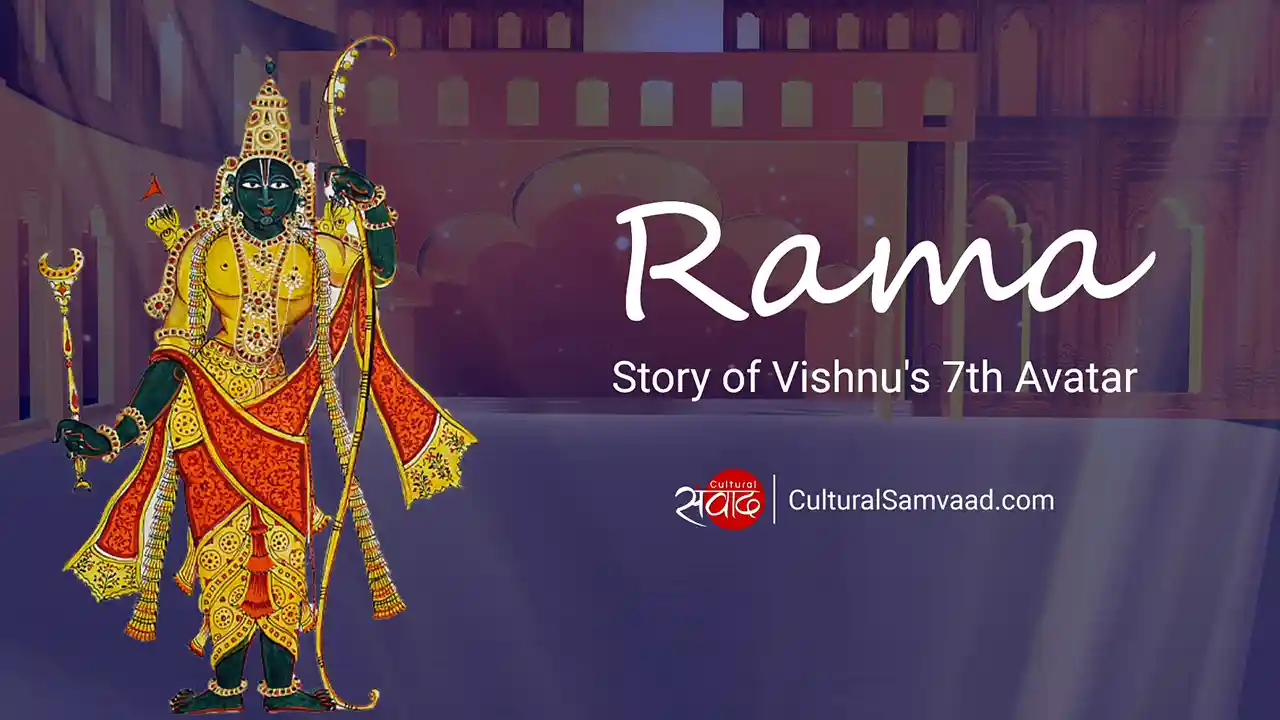

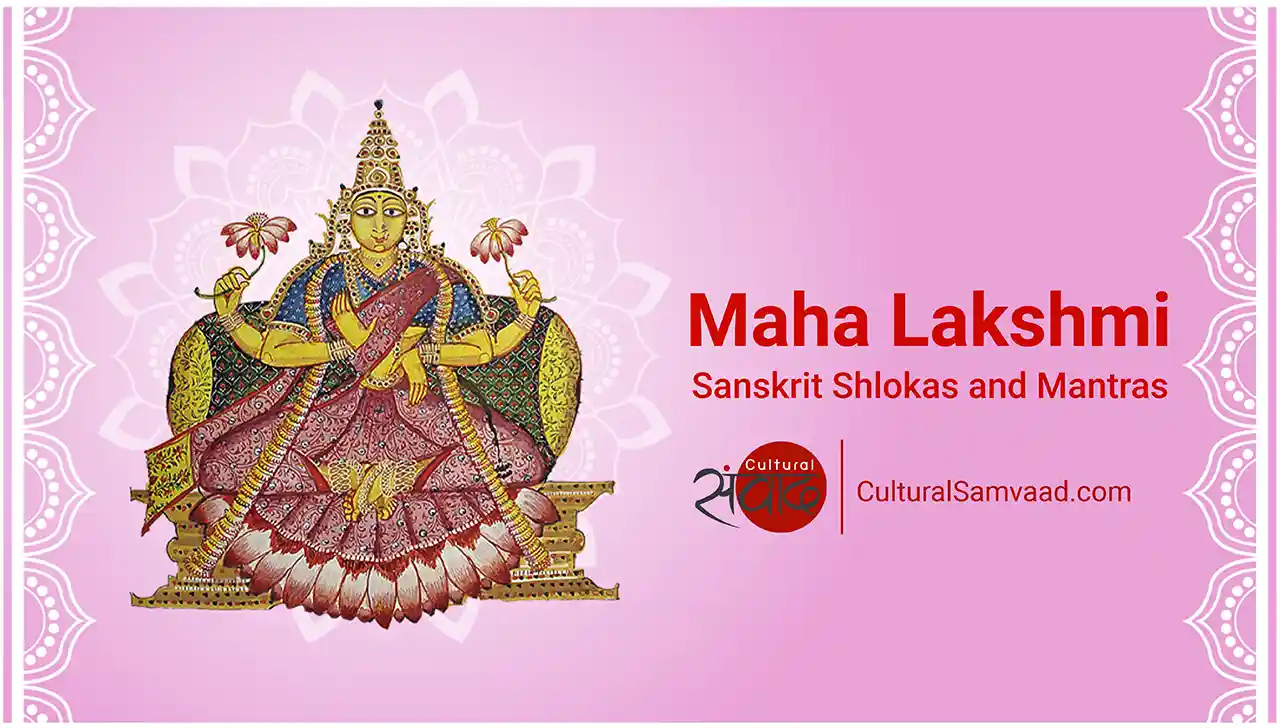
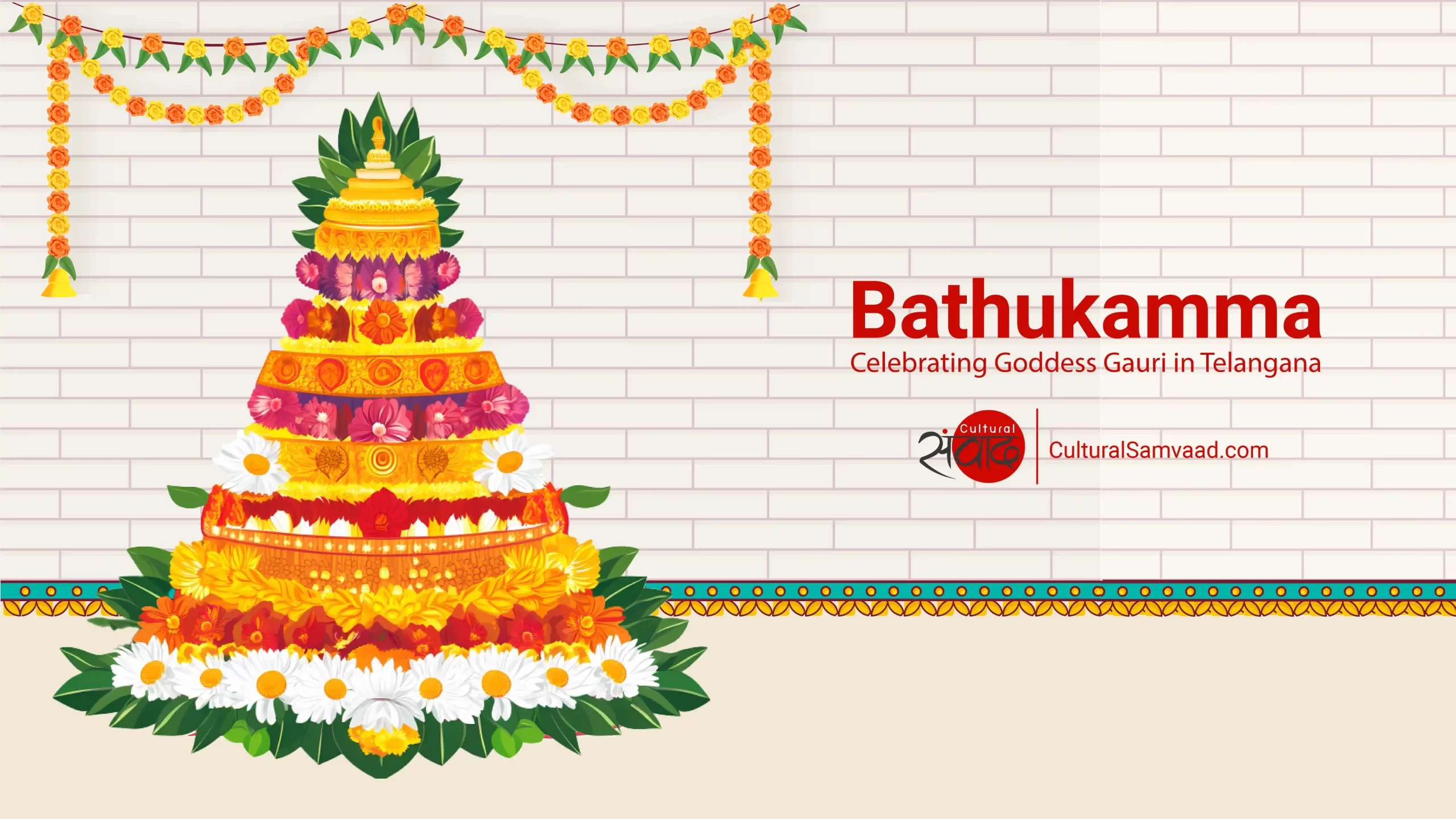
What an article. quite a read!